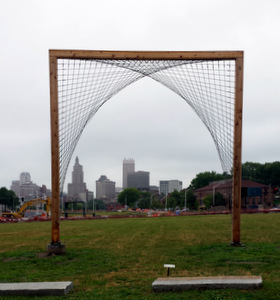
Making Patterns: Pushing the Envelope
The AMS sometimes hosts hands-on activities at meetings. Mathematics educator Susan Wildstrom and some of her students have led line-drawing and curve-stitching activities. Learn below about how to make line drawings and stitch curve patterns, and see the math behind the patterns.
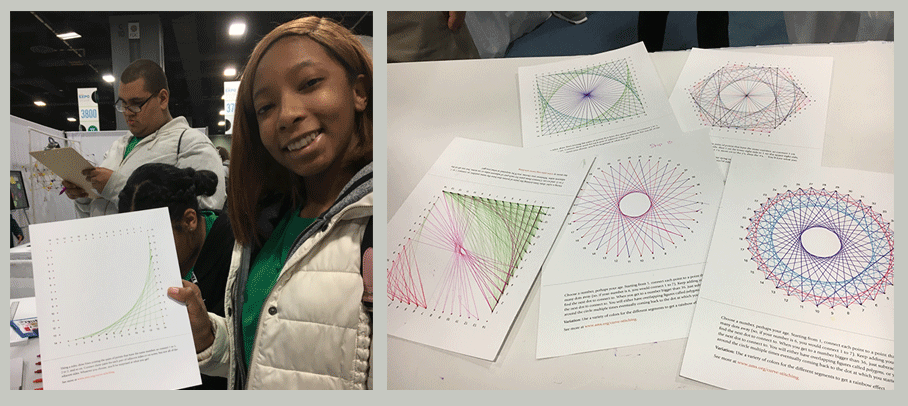
Patterns: Parabolas & Polygons — Line Drawing
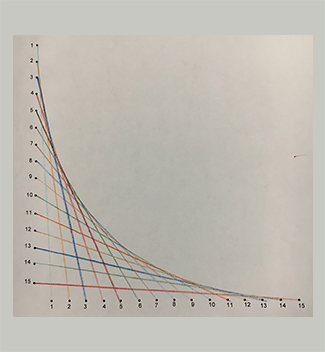

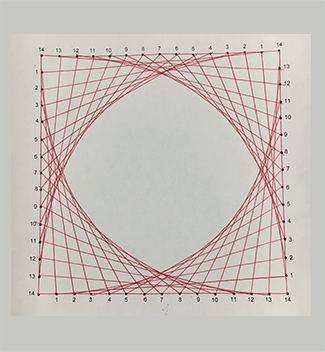
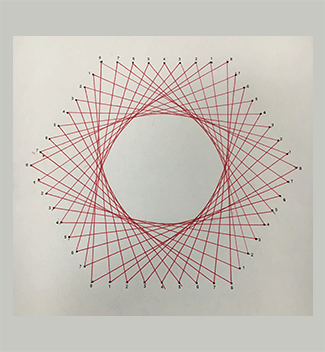
Make beautiful geometric patterns from simple lines. The designs can be basic or complex, depending on the template you choose.
Download and print the PDF pattern sheets: parabola, circle, square, and hexagon with instructions. All you need are color pens or pencils and a ruler to make your own designs!
The designs can be basic or complex, depending on the template you choose. See the mathematics behind line drawing, including animations, in "Hearts and Roses,"(PDF) by David A. Meyer.
Pushing the Envelope - Curve Stitching
Curve stitching is similar to string art in that the way yarn or thread is pulled through hole patterns forms wonderful geometric patterns. The designs can be simple or complex, depending on the placement of the holes and the sequence of where the yarn is pulled.
Curve stitching was invented by Mary Everest Boole in the mid 1800s.
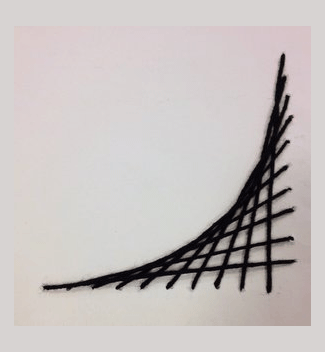
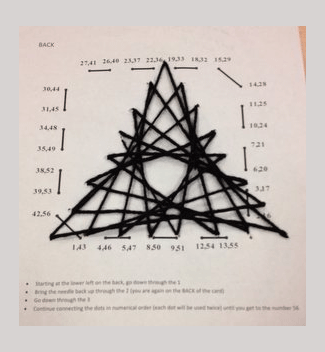
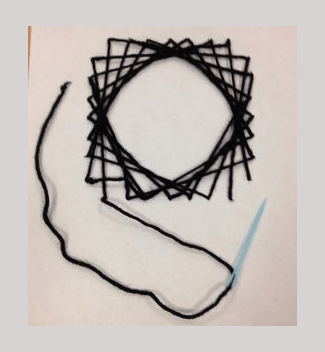

Download and print pattern sheets (1, 2, 3, 4) with instructions. All you need is some yarn and a safe plastic needle.
Read more about the math behind the curve, by Susan Wildstrom.
More Curve Stitching How-to resources and patterns
- How to Create Parabolic Curves Using Straight Lines, by Math Craft
- Intro to Curve Stitching, a video by Julia Kay
More on the mathematics behind curve stitch patterns
- Curve-stitch designs, by Lionel Deimel
- Curve stitch primitive calculation, by Stack Exchange
Math on the street
You may even start to see curves in action in everyday life!
